DESCRIPTION
Indications
This preparation is described in-
In the short-term treatment of refractory eczema.
Neurodermatosis.
Psoriasis (excluding generalized plaque psoriasis), in which secondary bacterial or fungal infections are present, suspected or likely to occur.
Other inflammations that do not respond well to less active steroids.
Pharmacology
Clobetasol propionate is a very effective corticosteroid. It is prescribed to treat severe inflammatory skin conditions such as eczema and psoriasis that do not respond to weaker corticosteroids. Neomycin sulfate is an aminoglycoside antibiotic that is used to treat bacterial infections. Nystatin is an antifungal agent that kills fungi and yeast by interfering with their cell membranes. In general, the mechanism of topical steroids such as clobetasol is unclear. However, clobetasol propionate is a very active corticosteroid with local anti-inflammatory activity. The main effect of clobetasol propionate on the skin is a nonspecific anti inflammatory response, in part due to vasoconstriction and decreased collagen synthesis. Neomycin binds to ribosomal subunits 30 and 50 of susceptible bacteria and inhibits protein synthesis. Neomycin can also cause a misreading of the genetic code of the mRNA template, which can cause the wrong amino acids to be incorporated into the growing polypeptide chain. Nystatin’s role is to combine with sterols in the fungal cell membrane, causing the membrane permeability to change, causing the leakage of intracellular components.
Dosage & Administration
Adults: Apply sparingly to the affected area once or twice daily until improvement occurs. In very resistant lesion, especially where there is hyperkeratosis, the anti-inflammatory effect of this preparation can be enhanced (if necessary) by occluding the treatment area with polythene. Treatment should not be continued for more than 7 days without medical supervision. If a longer course is necessary, it is recommended that treatment should not be continued for more than 4 weeks without the patient’s condition being reviewed.
Elderly: This preparation is suitable for use in elderly. Caution should be exercised in cases where a decrease in renal function exists and significant systemic absorption of Neomycin Sulphate may occur.
Children: This preparation is suitable for use in children (2 years and over) at the same dose as adults. A possibility of increased absorption exists in very young children, thus this cream/ointment is not recommended for use in neonates and infants (younger than 2 years).
Interaction
Neomycin sulfate can improve and prolong the respiratory depression of neuromuscular blockers after significant systemic absorption. However, if used as recommended, systemic exposure to neomycin sulfate is expected to be small and drug interactions are unlikely to be significant. There are no reports of dangerous interactions with clobetasol propionate or nystatin.
Contraindications
The drug is contraindicated in patients with rosacea, acne vulgaris and perioral dermatitis, primary viral infections of the skin (such as herpes simplex, chickenpox) and patients allergic to the preparation.
Side Effects
Like other topical corticosteroids, long-term large-scale use or large-area treatment may lead to adequate systemic absorption, resulting in the characteristics of hypercortisolism. If an occlusive dressing is used, this effect is more likely to occur in infants and children. Long-term and intensive treatment with highly active corticosteroid preparations can cause local atrophic changes in the skin, such as thinning, stretch marks, and superficial vasodilation, especially when the use of occlusive dressings or skin folds are affected. There are reports that topical steroids can cause pigmentation changes and hirsutism.
Pregnancy & Lactation
There is little data to prove the possible effects of topical neomycin on pregnancy and lactation. However, neomycin present in maternal blood can cross the placenta and theoretically can cause risks of fetal toxicity, so it is not recommended to use this preparation during pregnancy and lactation. The safety of clobetasol propionate in nursing mothers has not been established.
Precautions & Warnings
Long-term continuous topical treatment should be avoided as much as possible, especially in infants and children, because adrenal suppression is prone to occur even in the absence of occlusion. If applied to the eyelids, care must be taken to ensure that the preparation does not get into the eyes as it can cause glaucoma. If this medicine gets into your eyes, flush the affected eyes well with plenty of water.
Therapeutic Class
Clobetasol / Clobetasone & Combined Preparations
Storage Conditions
Store below 25°C temperature. Do not freeze. Keep out of reach of children.



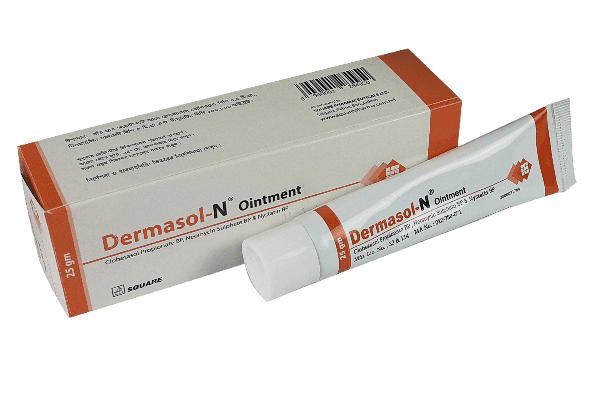
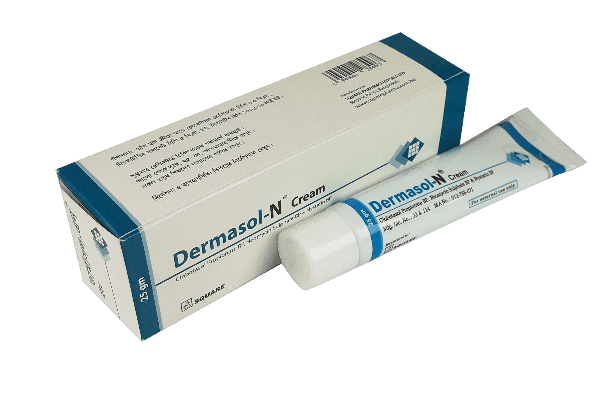


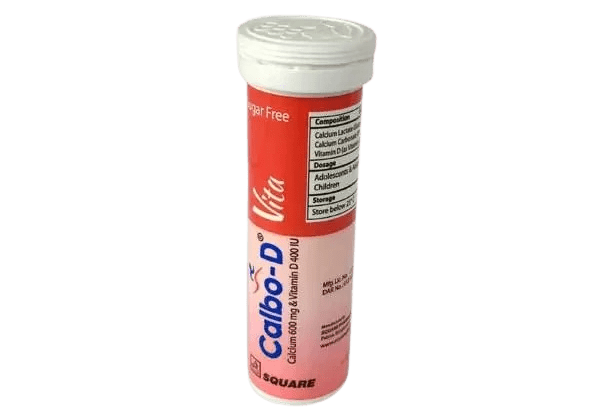
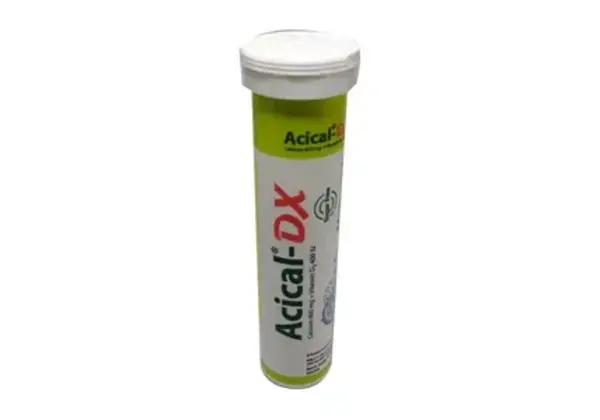
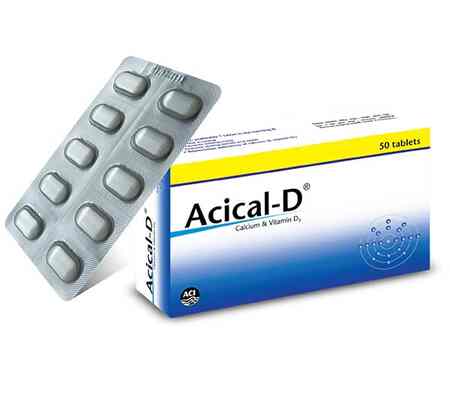

Reviews
Clear filtersThere are no reviews yet.